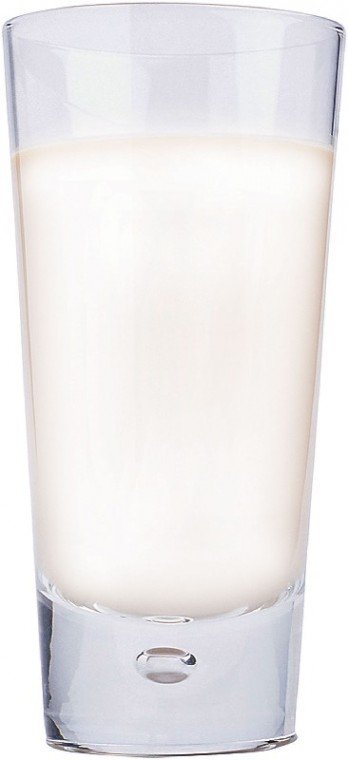It’s beautiful in its simplicity: a tall, ice-cold glass of milk
with froth on the top and condensation beading at the side. It
seems to call to you, inviting you to dunk your cookie in its white
depths.
It’s beautiful in its simplicity: a tall, ice-cold glass of milk with froth on the top and condensation beading at the side. It seems to call to you, inviting you to dunk your cookie in its white depths.
But milk is so much more than the perfect dipping “sauce” for your favorite baked treat. June, which is National Dairy Month, provides the perfect opportunity to get reacquainted with dairy products and all the healthy things they can do for you.
“There are certainly a lot of benefits that come with milk and dairy products,” said Elizabeth Bailey, a registered dietitian for Kaiser Permanente. “We find that people whose diets include adequate servings of dairy have lower risk of decreased bone mass and osteoporosis, especially if they had enough dairy as children and adolescents when their bones were growing.”
Dairy is also an excellent source of vitamin D, protein, calcium and potassium – all things people need for good health, Bailey said.
Though many parents make sure their kids are getting enough dairy in their diet, they sometimes fall short in their own consumption. Adults need three daily servings of low or nonfat dairy products, such as milk, yogurt or cheese. One serving is a cup of milk, an ounce and a half of low or nonfat cheese or two ounces of processed cheese.
Claravale Dairy Farm in San Benito County get gets its milk from Jersey cows rather than Holsteins because they produce milk with higher concentrations of proteins and beta-caroteen, according to the farm’s Web site. The farm’s milk is also unpasteurized, unhomogenized and does not contain additives, preserving more of the natural vitamins and nutrients.
“The key to making your dairy count is to make sure you’re getting it in healthy places,” Bailey said. “Sometimes people choose dairy products in sources that aren’t so healthy, such as eating bowls of ice cream or having a lot of cheese loaded with fat.”
Generally, no one over age 2 should drink whole milk, she added, because of the high fat content. Adults should stick to low or nonfat dairy products.
For lactose-intolerant people, yogurt sometimes sits better than drinking milk, and lactose-free dairy products are available in many grocery stores.
Some yogurt companies and other businesses associated with dairy products have recently funded an advertising campaign that claims eating three servings of dairy products will help people lose weight. The research behind this claim is actually inconclusive, Bailey said, and the Federal Trade Commission has asked that the campaign be stopped. However, dairy is part of a balanced diet which has been shown to keep blood pressure down, lower the risk of colon cancer and maintain general health, according to the National Dairy Council.
Still not sure you want to drink that big, frothy glass of milk without your cookies? Try putting yogurt in the freezer for different take on a tasty snack or make fat-free pudding with low or nonfat milk for dessert. For hot cereal lovers, add milk instead of water to your instant oatmeal or Cream of Wheat.













